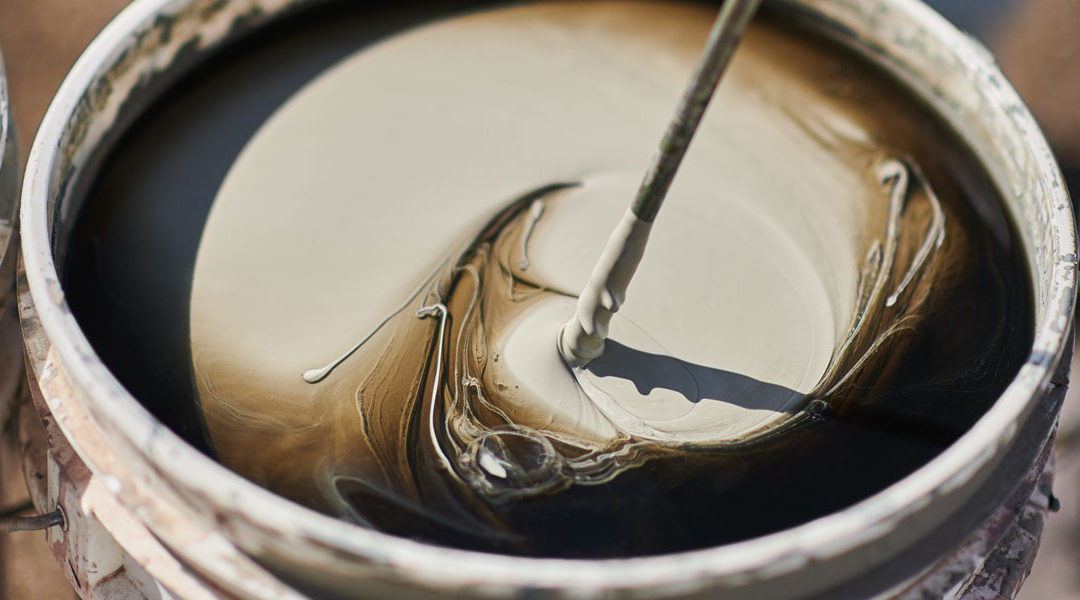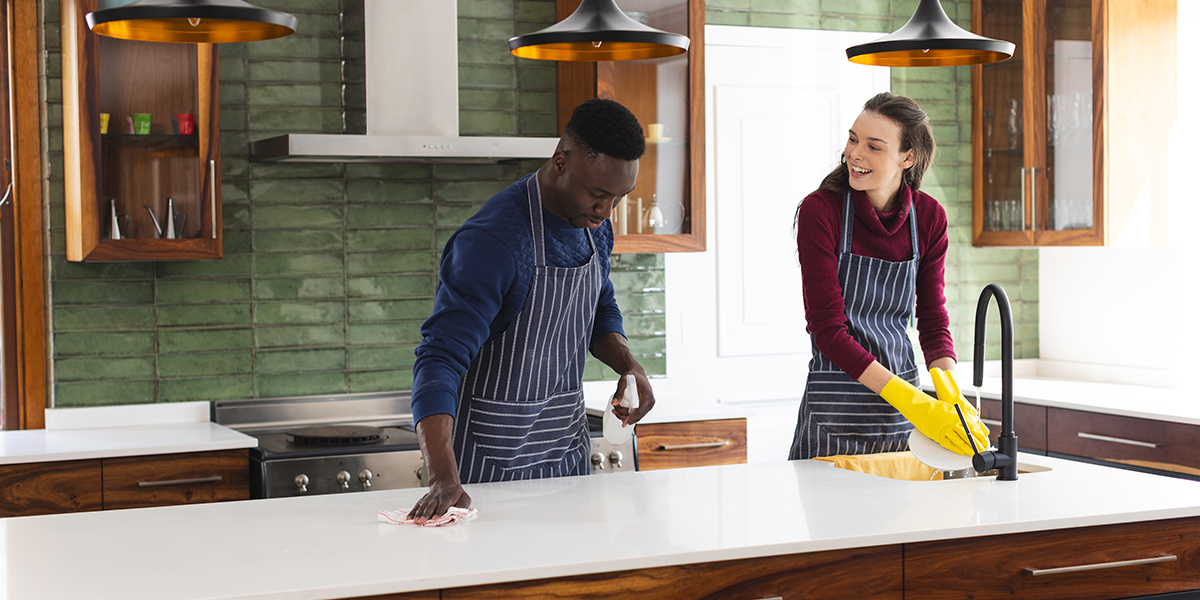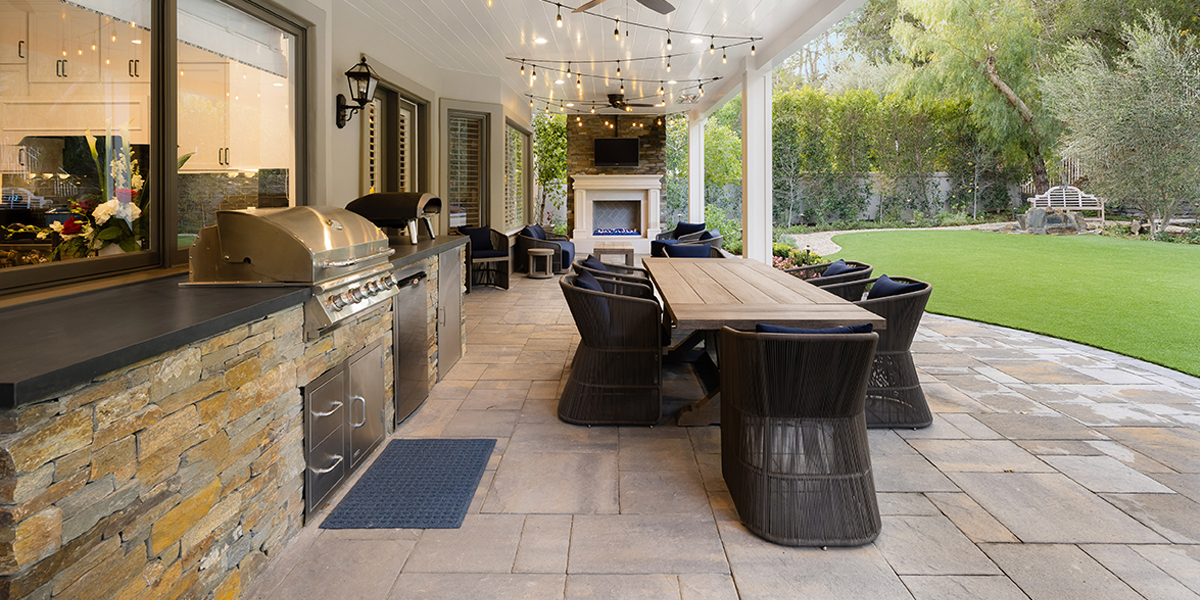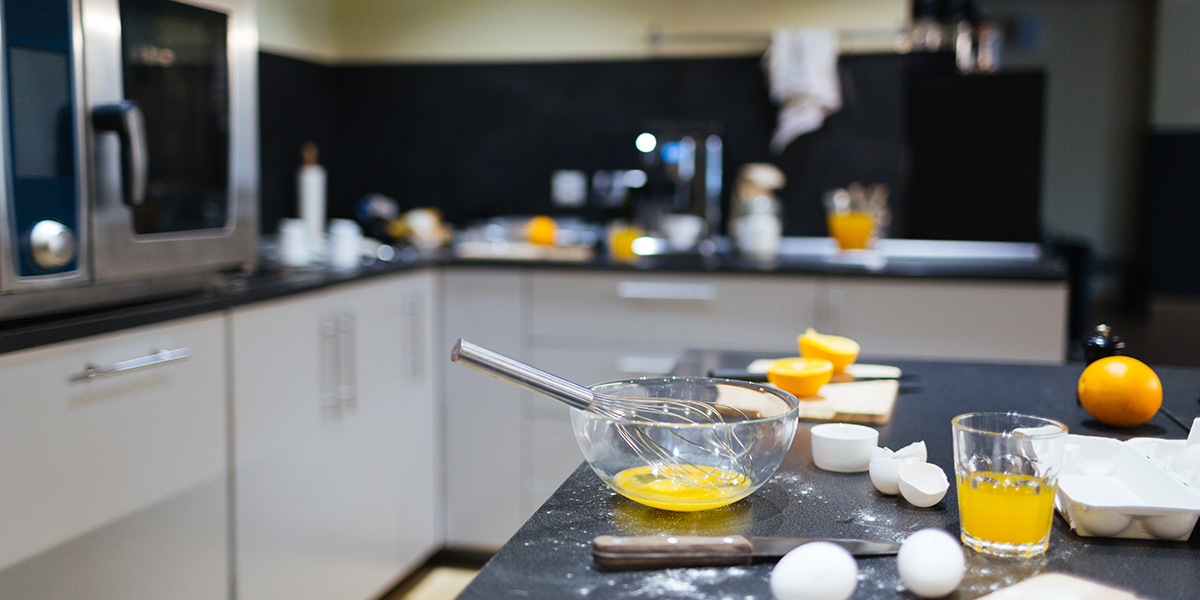Considering an upgrade to your kitchen by installing new countertops? You may have come across epoxy or resin as a potential material choice, perhaps even eyeing it as a leading contender. However, before committing to epoxy countertops for your kitchen or bathroom, it’s important to understand some significant drawbacks. Here are 5 disadvantages.
The Misnomer and Toxicity of “Epoxy Countertops”
Epoxy’s best use is as a refinishing product. So, if you have old and worn countertops and floors, epoxy is great for restoring those surfaces.
In its essence, epoxy is simply a resin to be applied on top of already-installed surfaces. Because of this, you can’t go out and buy a premade epoxy countertop the way you would a natural stone. Rather, it must be applied in your house.
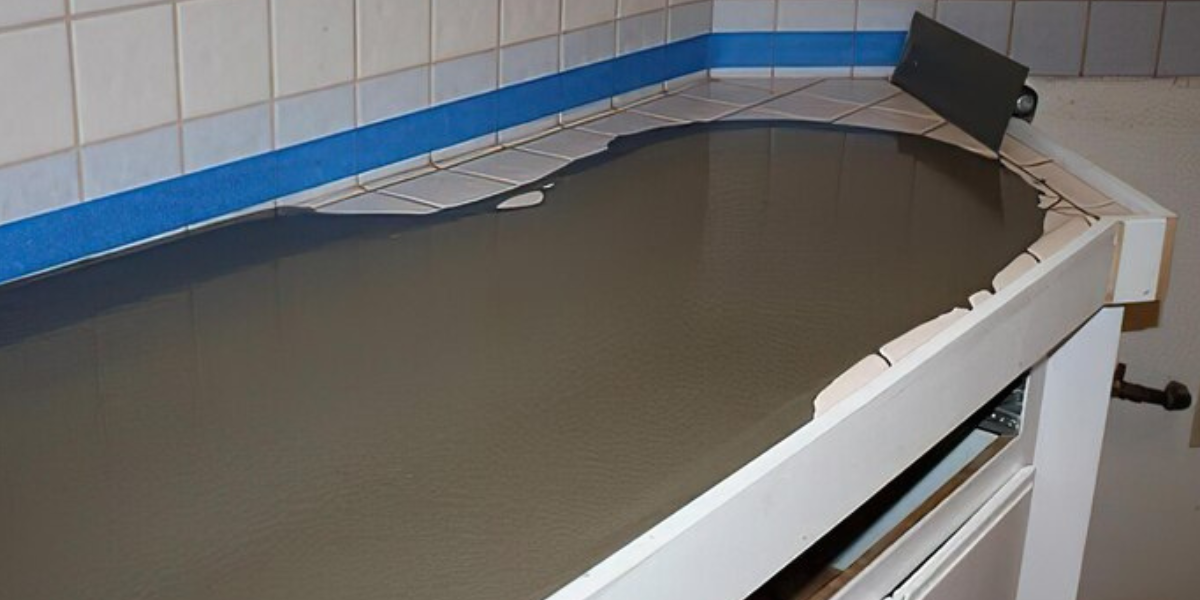
In-house application may not sound too awful, but epoxies also release volatile organic compounds (VOCs) into the air. If the room is not well ventilated, it can present a health hazard to you, your family, and your contractor. Even if the room is well-ventilated, it can take up to a week for the VOCs to evaporate. After they evaporate, the countertops will be safe, but until then, you won’t be able to use your new space!
Epoxy Doesn’t Get Along Well with Granite or Marble
The goal of using epoxy is to recreate the look of your countertops after installation. While natural stones like granite and marble require maintenance, there are better ways to refinish them than epoxy. Epoxy is not one of them.
Marble and granite have a natural beauty with veins and patterns—don’t cover up this beauty with an artificial resin. It pains us as stoneworkers.
Hard to Handle, Inconsistent, Time-Dependent
Epoxy is an unforgiving product. It takes a skilled, artistic hand to replicate the veins or swirls of natural stone and there are no second chances. However, no two epoxies are the same, so even the most practiced hand cannot account for inconsistent quality.
When installing epoxy, you typically only have 20-30 minutes before it starts to harden—this gives you very limited time to remove any air bubbles or unsightly bumps that form. Even a “self-leveling” epoxy designed to prevent those bumps can flow over the countertop edges and drip onto the floor.
Further, even though it can take as little as 20 minutes to harden, it can easily take over 24 hours to fully install the resin. If at any point an application goes slightly wrong, you need to remove the epoxy and start over, wasting time, material, and money.
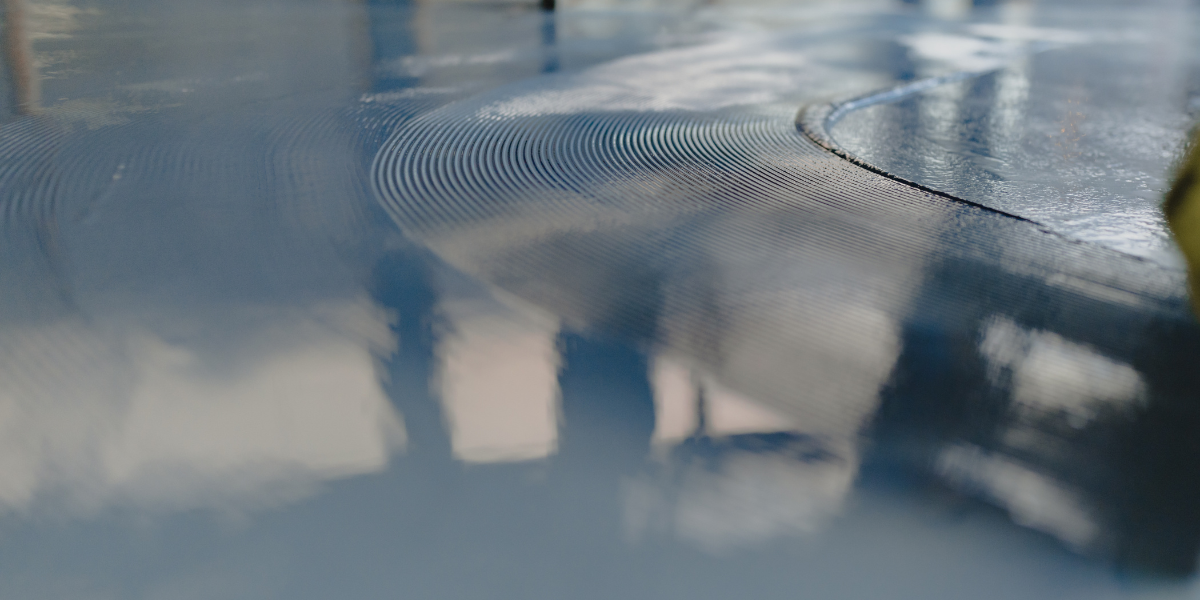
Some Epoxies Stain
Epoxy countertops may have gained a reputation for being durable, but, in fact, they stain easily if the food or drink remains on the counter for an extended period of time. Essentially, any spills on the epoxy must be cleaned up immediately or the stain will set into the surface permanently. Then, the only way to fix it is to redo all the work.
Epoxy Looks Cheap (Because It Is!)
The biggest draw to epoxy is purely economic. Typically, you can expect to pay $8 or less per square foot. That sounds great, but when it comes to your countertops, you get what you pay for.
If you want epoxy countertops installed to their full potential, we suggest you hire a contractor highly skilled with epoxy or be prepared to redo the process many times. That kind of investment can quickly ramp-up the cost and cancel out your best economic intentions.
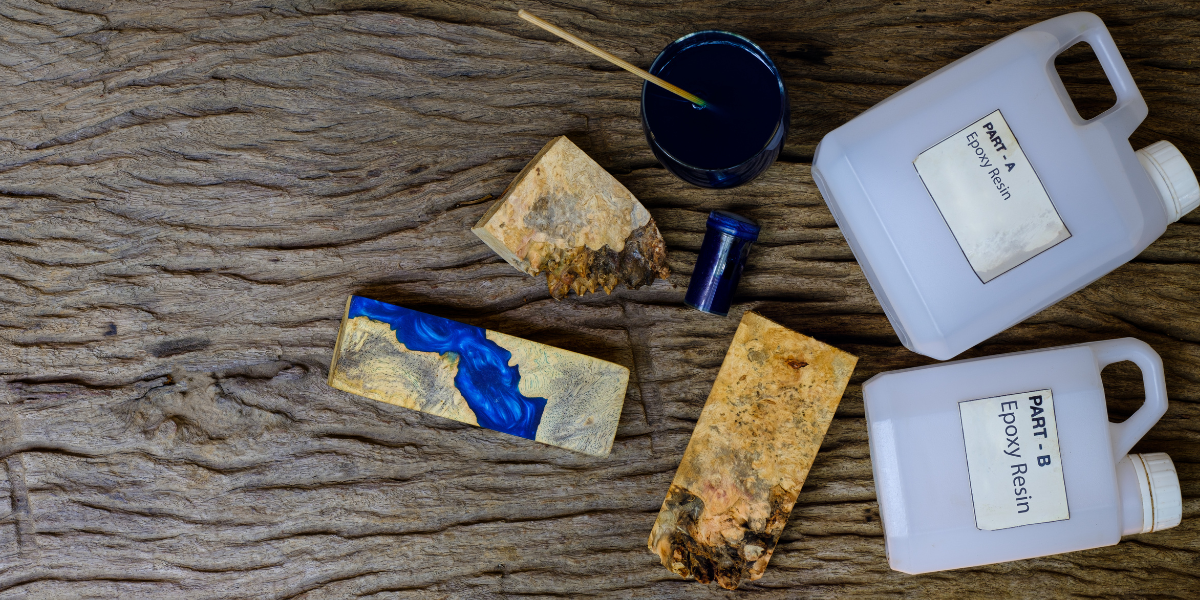
There are better options than epoxy and we believe it lies in natural stone. We want to make your house the best it can be. For help with that, get in touch with us!

